Trend for SS 2022 Natural Eco-Friendly and Sustainable Fabrics
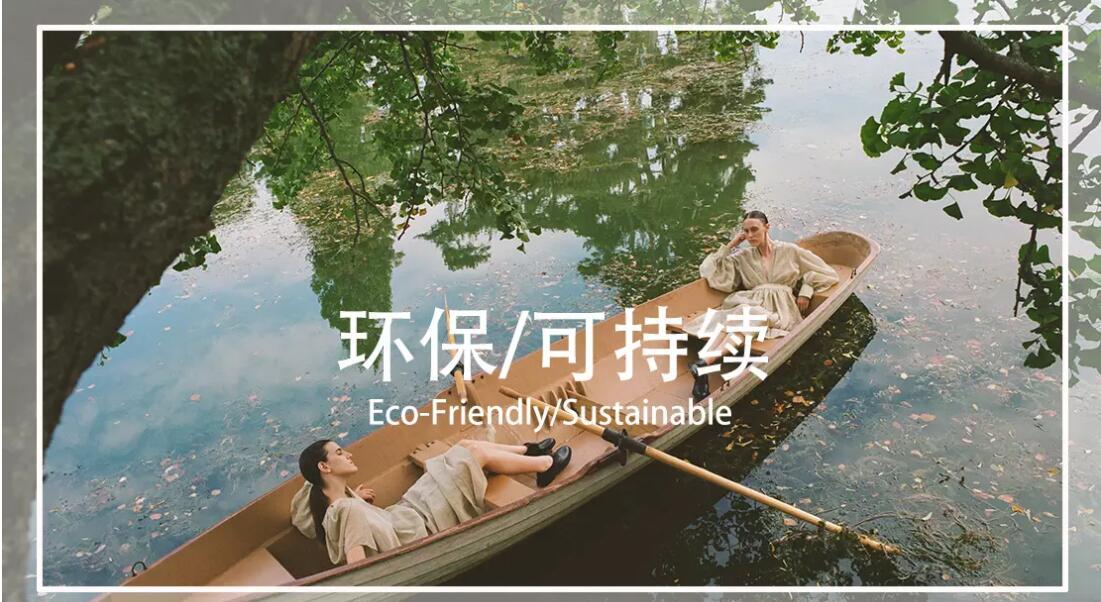
As people have a deeper understanding of how the environment affects human health, sustainability remains the focus of consumers and brands. For the textile industry, it is a key consideration of how to transform fiber into fashion in a sustainable way, how to lower the impact on the environment with natural fibers, and how to realize a traceable recycle and supply chain through digital technologies. Therefore, this theme centers on organic cotton fibers, color-grown cotton, regenerative organic farming, vegetable dyeing, slow handicraft and recycling concept to imagine a green lifestyle. They are also key driving forces for textile industry in the coming years.
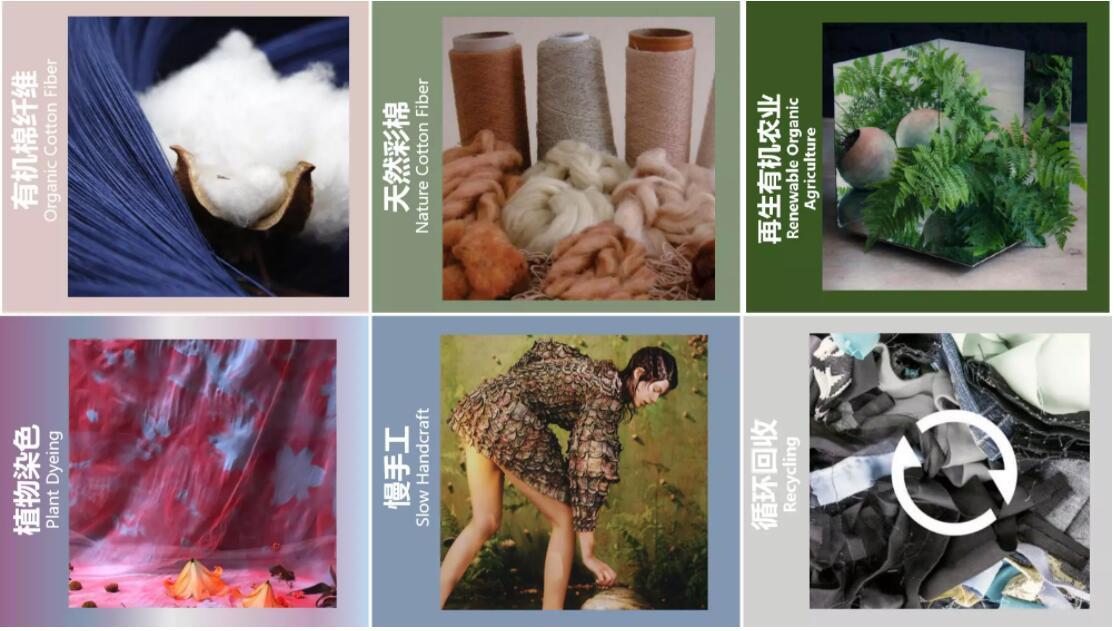
Key Concept: Organic cotton is a kind of pure natural pollution-free cotton. In farming, organic cotton requires organic fertilizer, biological pest control and natural farming management. Chemical products are definitely not allowed. Its spinning also requires no pollution. Therefore, it is eco-friendly, green and sustainable. According to surveys, organic farming halves the environmental impact of cotton, thus aiding biodiversity and soil health and reducing toxic chemicals. Many brands like H&M and Uniqlo invest in organic cotton plan, catering to the Better Cotton Initiative. Organic cotton fibers have joined the Partnership for Sustainable Textiles. Craft & Fiber: Organic cotton fibers are grown in a purely natural manner, so organic bases must be uncontaminated areas of air, water and soil. Organic cotton textiles are glossy, soft, bouncy, antibacterial and odor-resistant. It helps to relieve allergic symptoms and feels cool in summer. Applications: Organic cotton fibers fit cotton, linen and hemp natural textiles to meet multi-scene demands and work well for comfy, close-to-skin products.
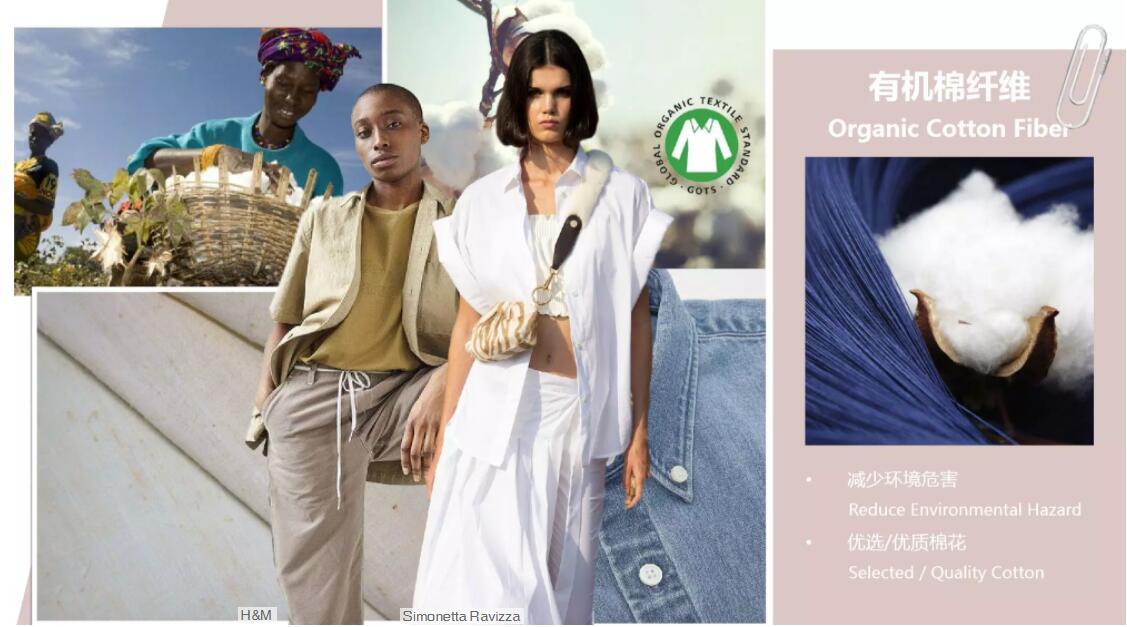
Key Concept: We all know cotton is white. But in fact, colored cotton has already existed in nature. Natural colored cotton is a new textile material with an inherent color during growth, which is cultivated by modern bioengineering technology. It avoids needs for printing or dyeing, so colored cotton products are beneficial to human health, reduce environmental pollution, and cater to Green Revolution. Craft & Fiber: It's more drought-tolerant and pest-resistant than standard cotton, needing less water and agricultural inputs. But it is shorter and weaker than other organic cottons. Color varieties are very limited, and some relatively rare. Yield is typically low. It is naturally eco-friendly, pollution-free, energy-efficient and nontoxic. The cotton's color comes from naturally occurring tan, red, green and brown pigments that are undyed, fade-free and offer some sun resistance. Applications: Color-grown organic fiber works well for eco-friendly, dye-free products that are kind to the skin and environment. Harvest & Mill's organic cotton basics are grown, milled and sewn in the USA. Its limited-edition Organic cotton pieces are in great demand.
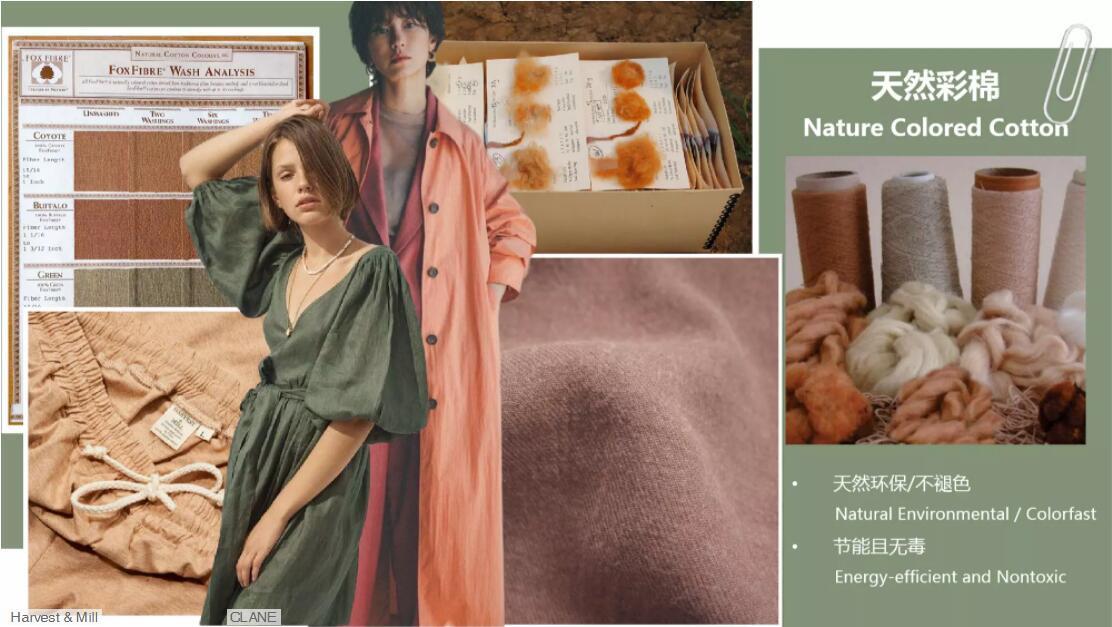
Key Concept: Organic farming refers to the cultivation of fruits and vegetables without chemicals, with scientific management as the standard and "Natural and Green" as the concept. This practice restores soil, protects animals, improves watersheds, increases biodiversity and boosts farmer livelihoods and yields. Organic agricultural products are internationally recognized as high quality pollution-free environmental protection products. Craft & Fiber: Patagonia, pioneer in regenerative farming, is harvesting fiber and food in harmony via its ROC program, working with over 150 farms in India to supply organic cotton for apparel and build regenerative, land stewardship-based textile systems. Applications: Oshadi is a seed-to-stitch supply chain initiative that is rebuilding soil to grow cotton and botanical dye plants. The first collaborative series of dresses is due in store and online soon. Wrangler's Rooted Collection claims to be the first initiative linking farm to product, with jeans and tees featuring names of the farms where the cotton was grown.
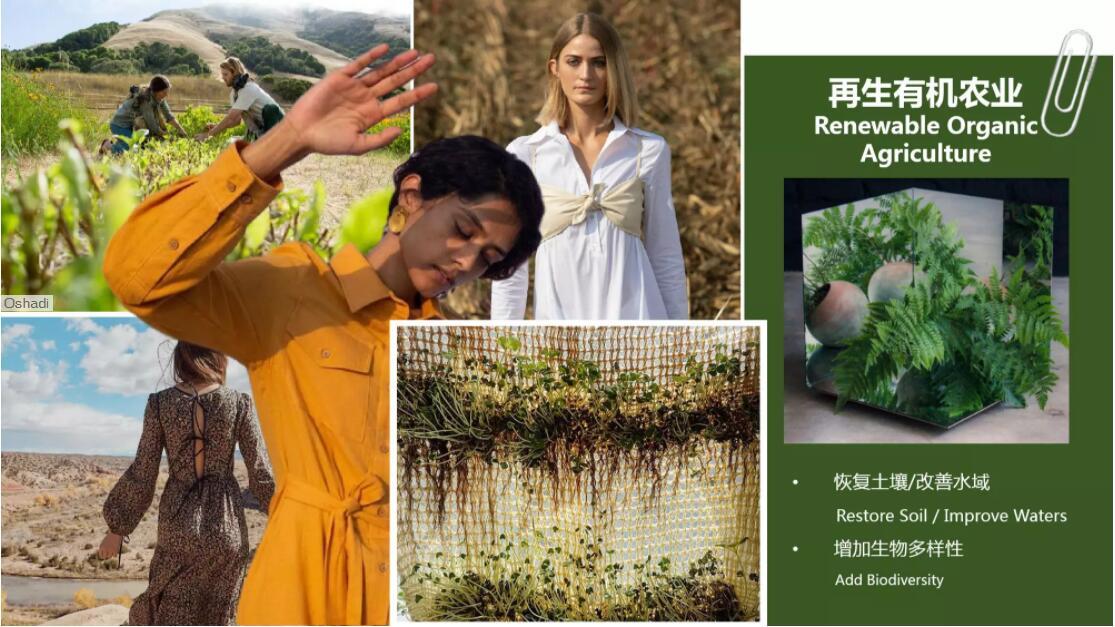
For a full report, pls visit https://www.popfashioninfo.com/details/report/t_report-id_9198-col_127/

 Author:Tom
Author:Tom 2020-12-03
2020-12-03


